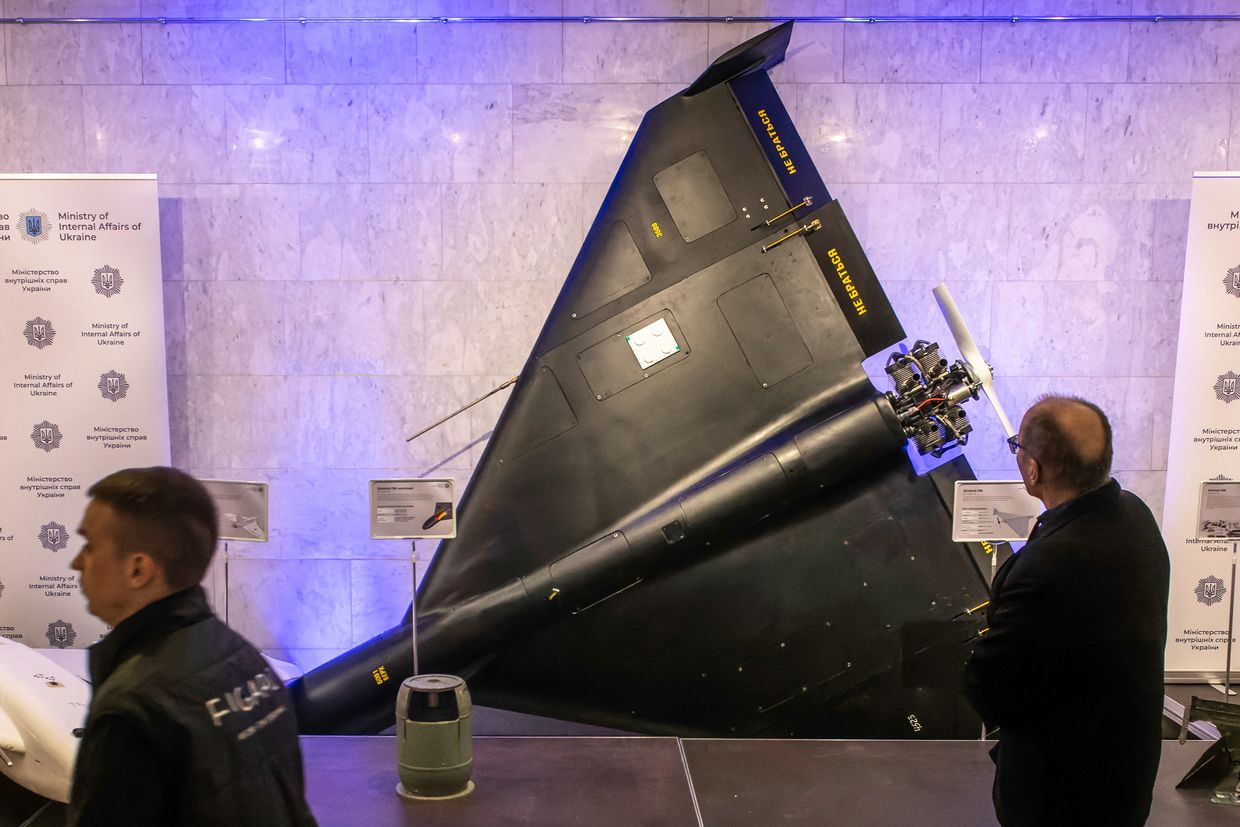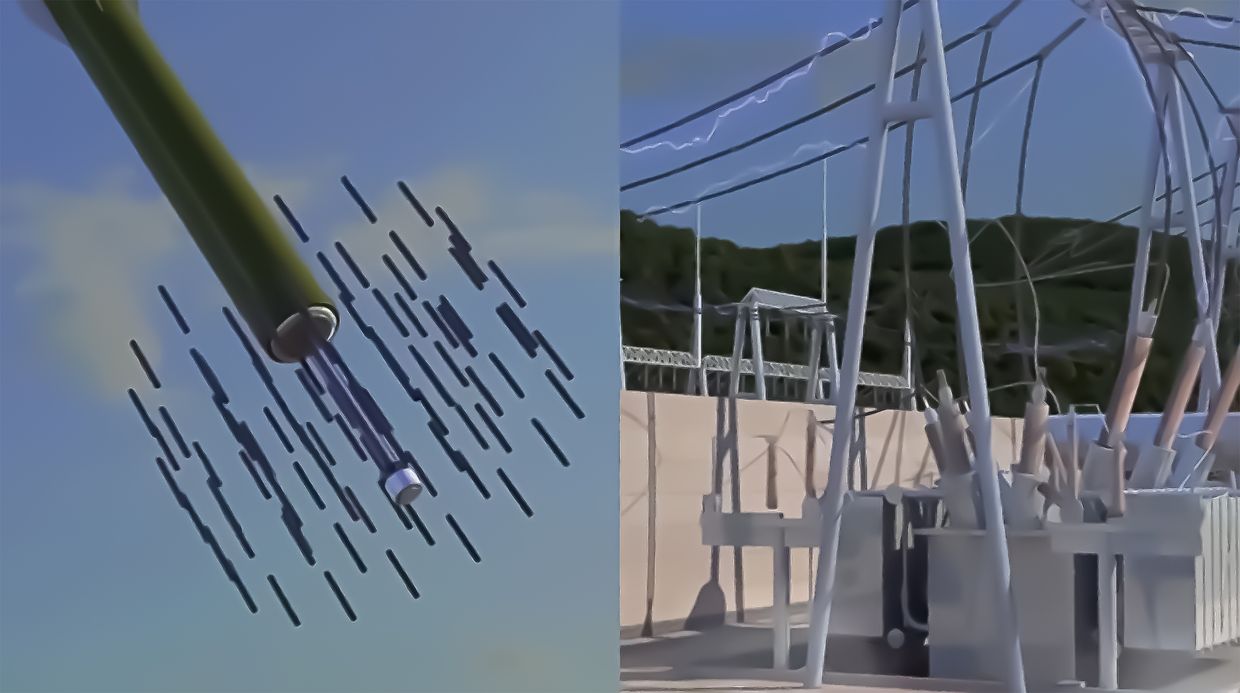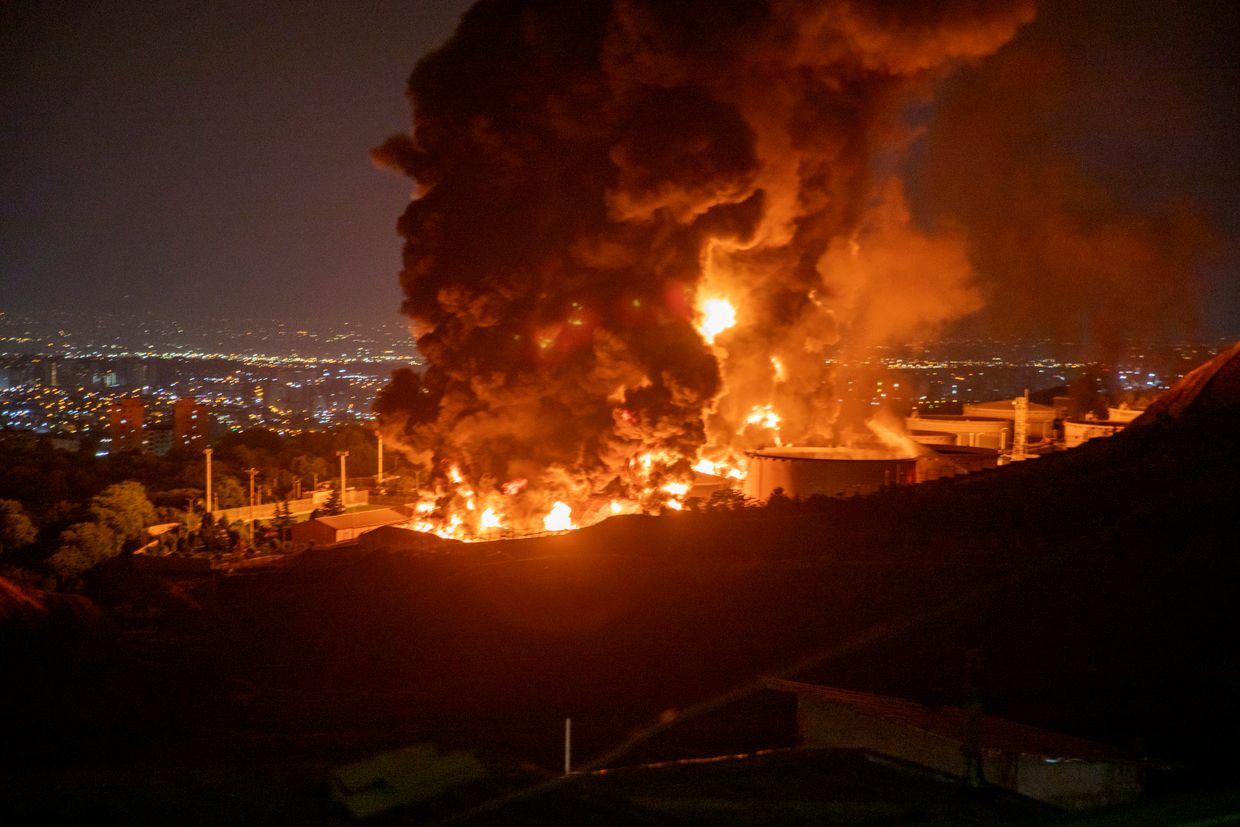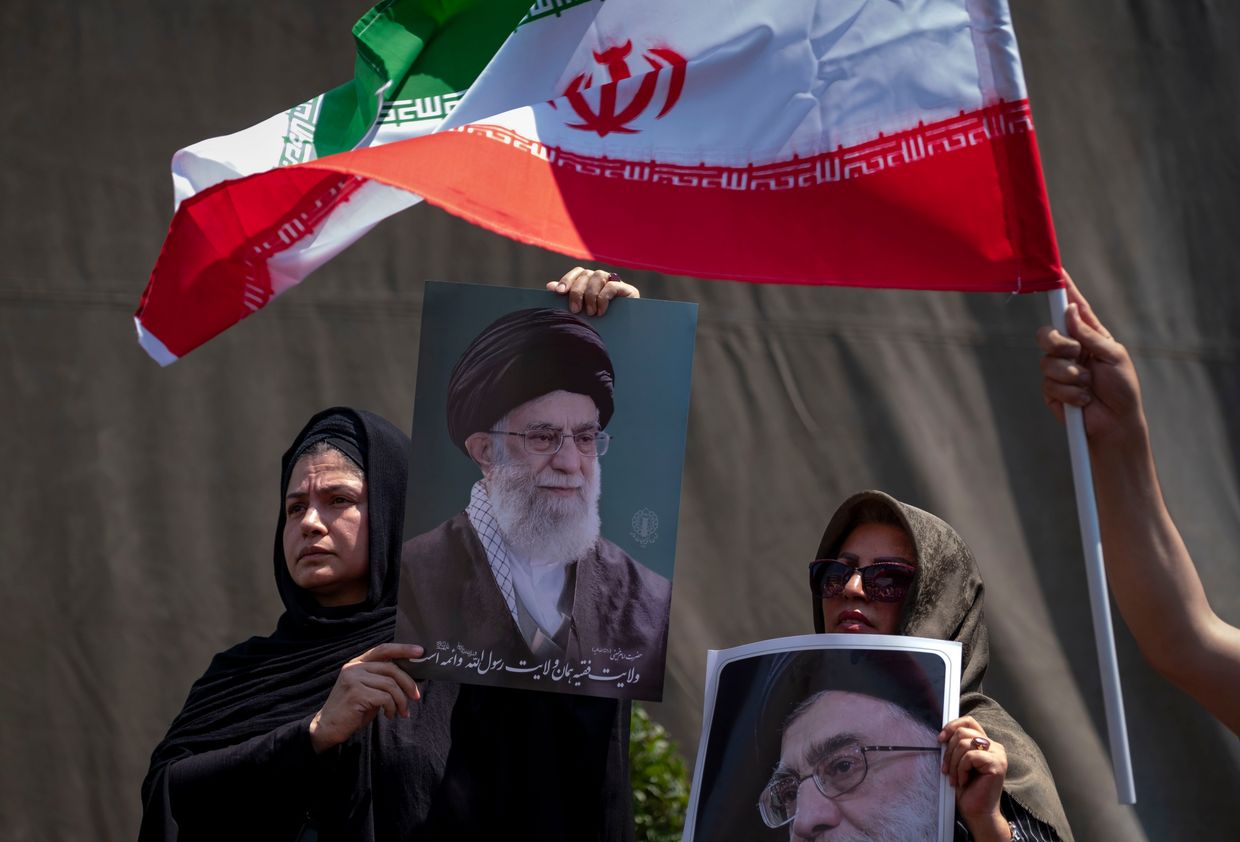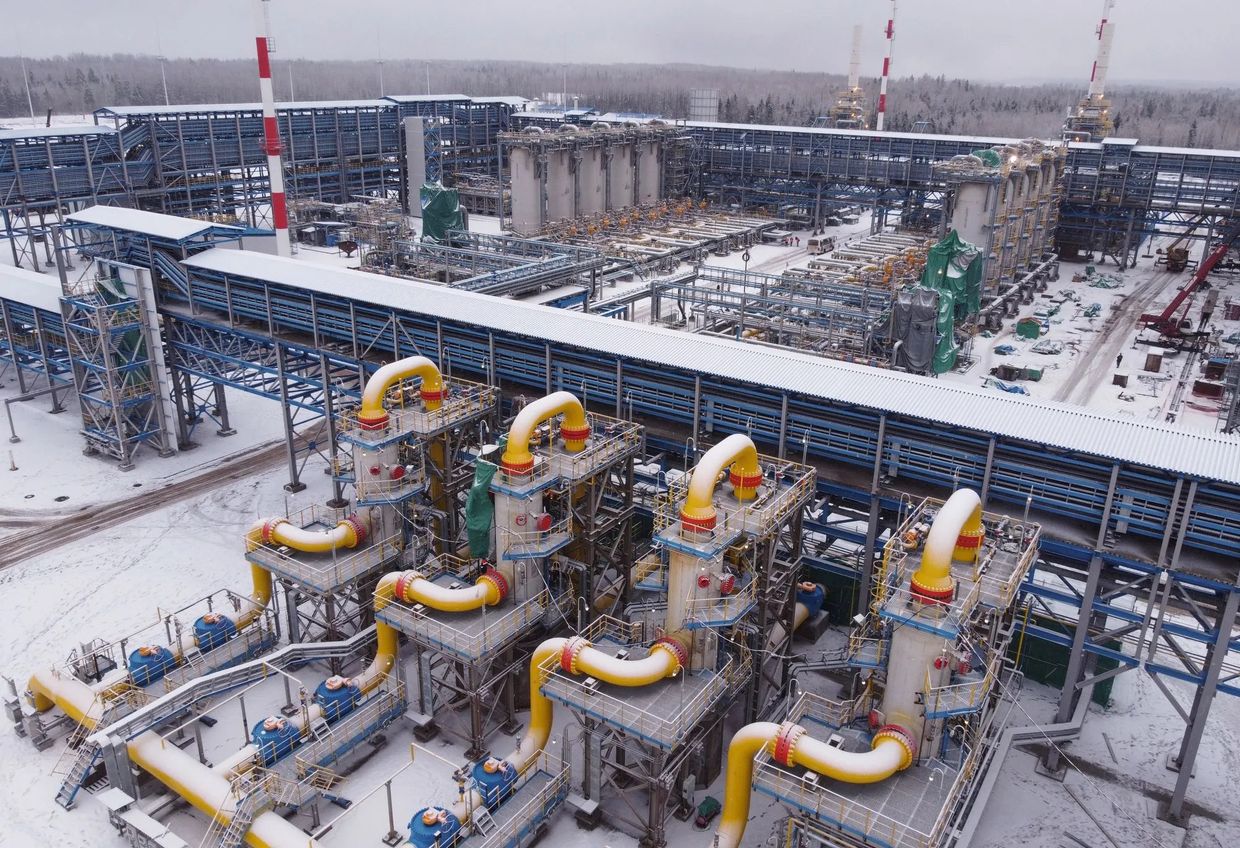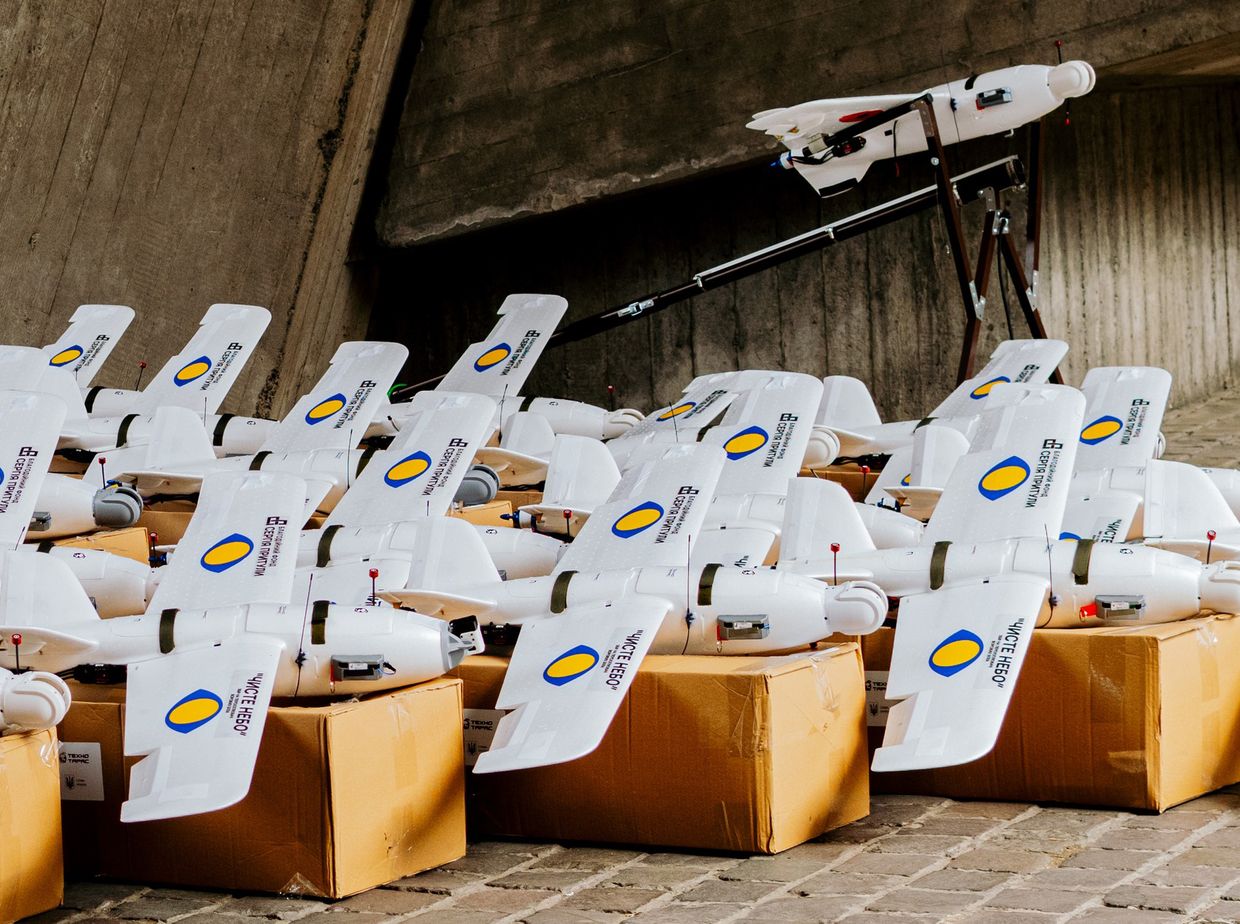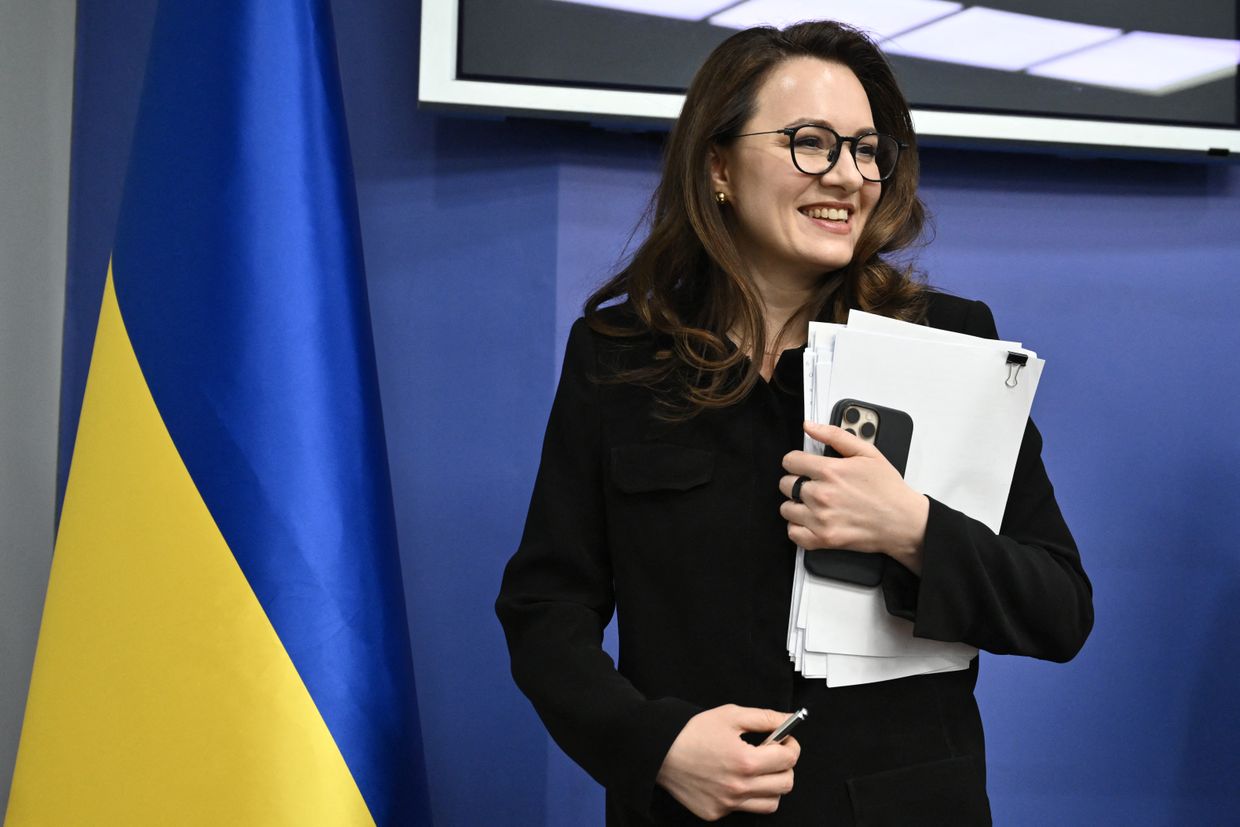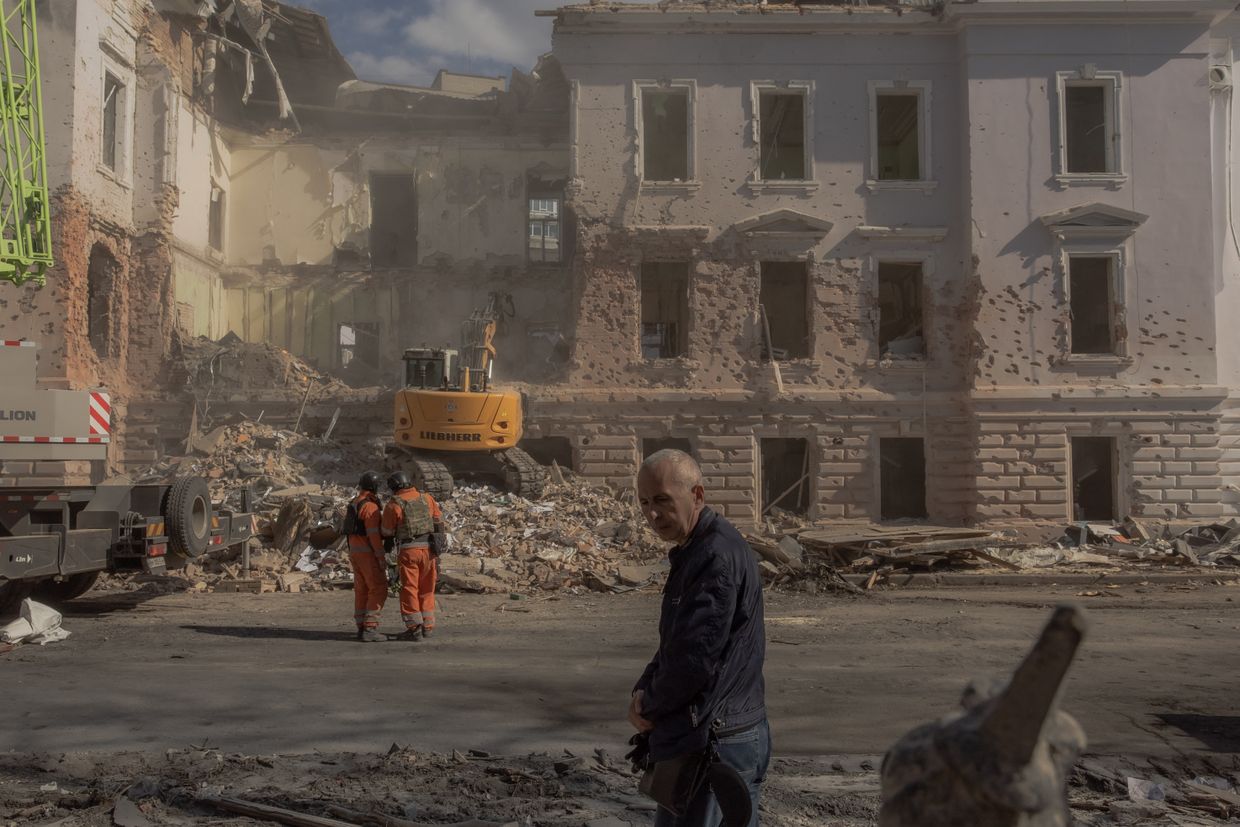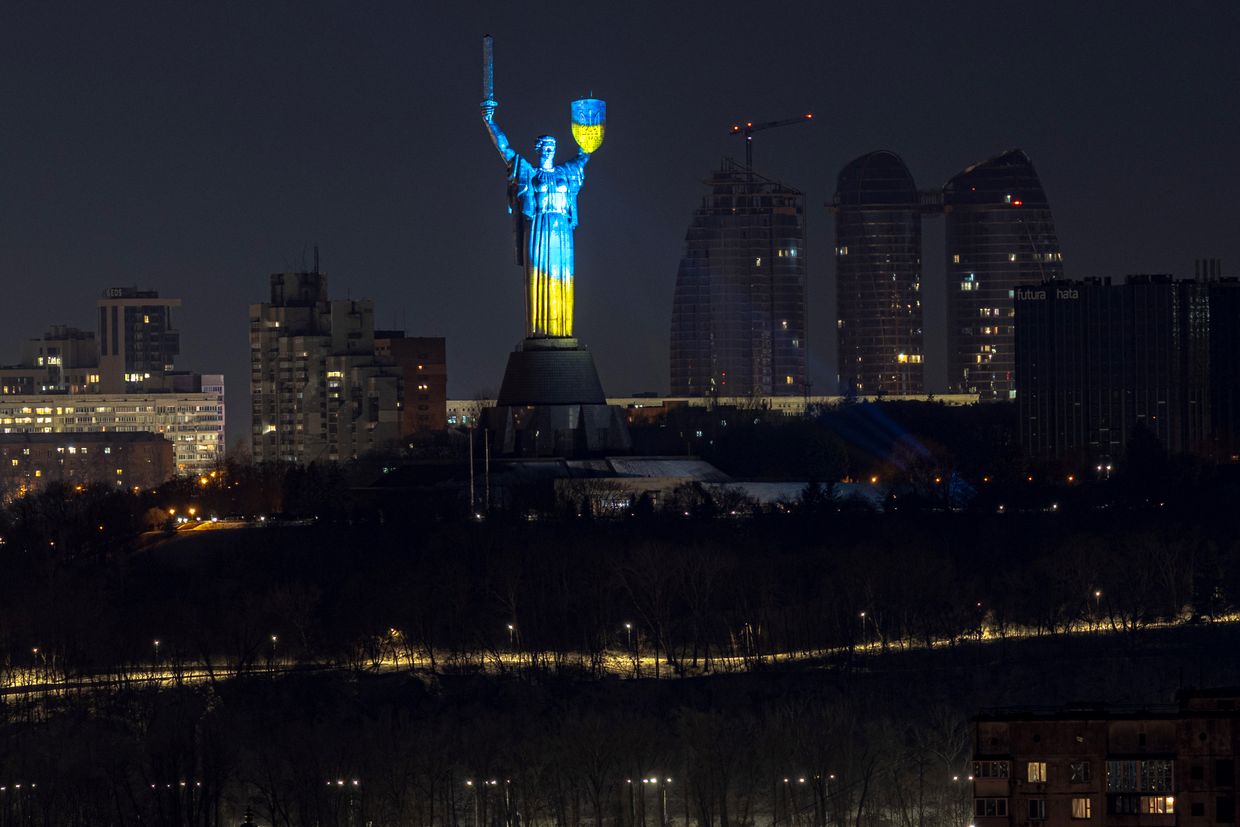Russia appears to be newly using Telegram messaging app bots to control its attack drones, ensuring real-time flight data and footage feed for human operators, the Economist reported on May 25, citing Ukrainian engineers.
The new control algorithm was revealed in a note hidden inside one of the Russian drones, possibly left behind by a "sympathetic Russian engineer," the Economist wrote.
Russia has been ramping up its drone production to launch ever-greater strikes against Ukrainian cities and infrastructure. The night of May 26 marked the most extensive drone attack of the full-scale war, reportedly involving 355 Shahed-type attack drones and decoys.
The new control methods, relying on artificial intelligence and Ukraine's own internet networks, present a challenge to Ukrainian defenses as they make Russian drones more resistant to GPS jamming, the Economist reported.
The latest Shahed models also appear to be using jet engines and Starlink satellite attachments, the Kyiv Independent reported earlier this month.
Speaking to the Economist, Ukrainian aviation expert Kostiantyn Kryvolap cast doubt on Russia's reported plans to launch 1,000 drones per day, but acknowledged that Moscow's production capabilities will "increase significantly."
Russia has been deploying Iranian-made Shaheds and their domestically-produced copies, Gerans, to overwhelm Ukrainian air defenses in massive swarm attacks, allowing more destructive ballistic and cruise missiles to slip through.
Moscow's forces appear to be using already the sixth modification of the Shahed drones, using machine learning to strike their targets, according to the Economist. Nevertheless, Ukrainian air defenses are still capable of intercepting 95% of the drones Russia launches, a senior Ukrainian official told the outlet.
Ukraine's sky shield is increasingly stretched thin as Western air defense supplies are running out. An undisclosed source told Le Monde that Ukraine has run out of ammunition for its two SAMP/T air defense batteries, while the Crotale short-range anti-aircraft systems have not received new missiles for a year and a half.
It remains unclear how many U.S.-designed Patriot interceptors, which are key in intercepting Russian ballistic missiles, are left in Ukraine's stockpiles, as the Trump administration is yet to approve any new military aid packages.
U.S. Secretary of State Marco Rubio said earlier this month that the U.S. is working with NATO partners to locate additional Patriot air defense systems for Ukraine.
In an April 13 interview with CBS News, President Volodymyr Zelensky said Ukraine is ready to buy 10 U.S.-made Patriot systems for $15 billion. Despite Kyiv's appeals, U.S. President Donald Trump dismissed the request, accusing Zelensky of "always looking to purchase missiles" and falsely blaming Ukraine for provoking the war.




